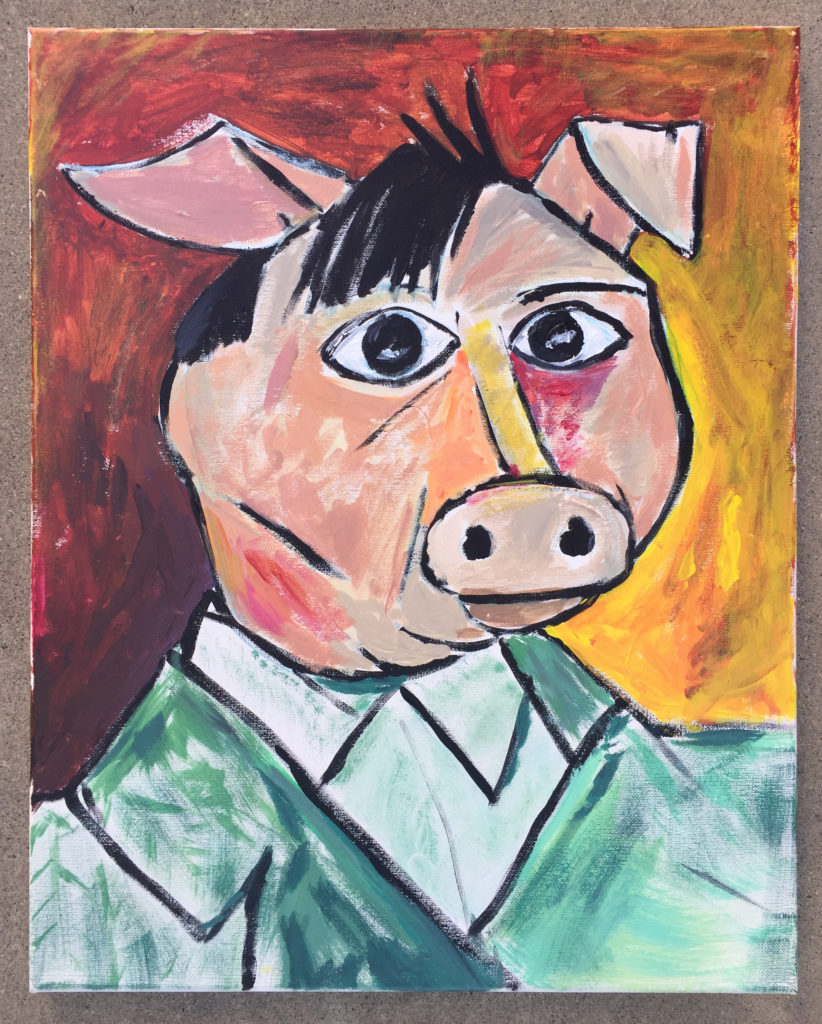
Re-imagining some classic paintings for the screenplay I’m working on. #pigcasso #acryliconcanvas #ruininggreatpaintings

Re-imagining some classic paintings for the screenplay I’m working on. #pigcasso #acryliconcanvas #ruininggreatpaintings
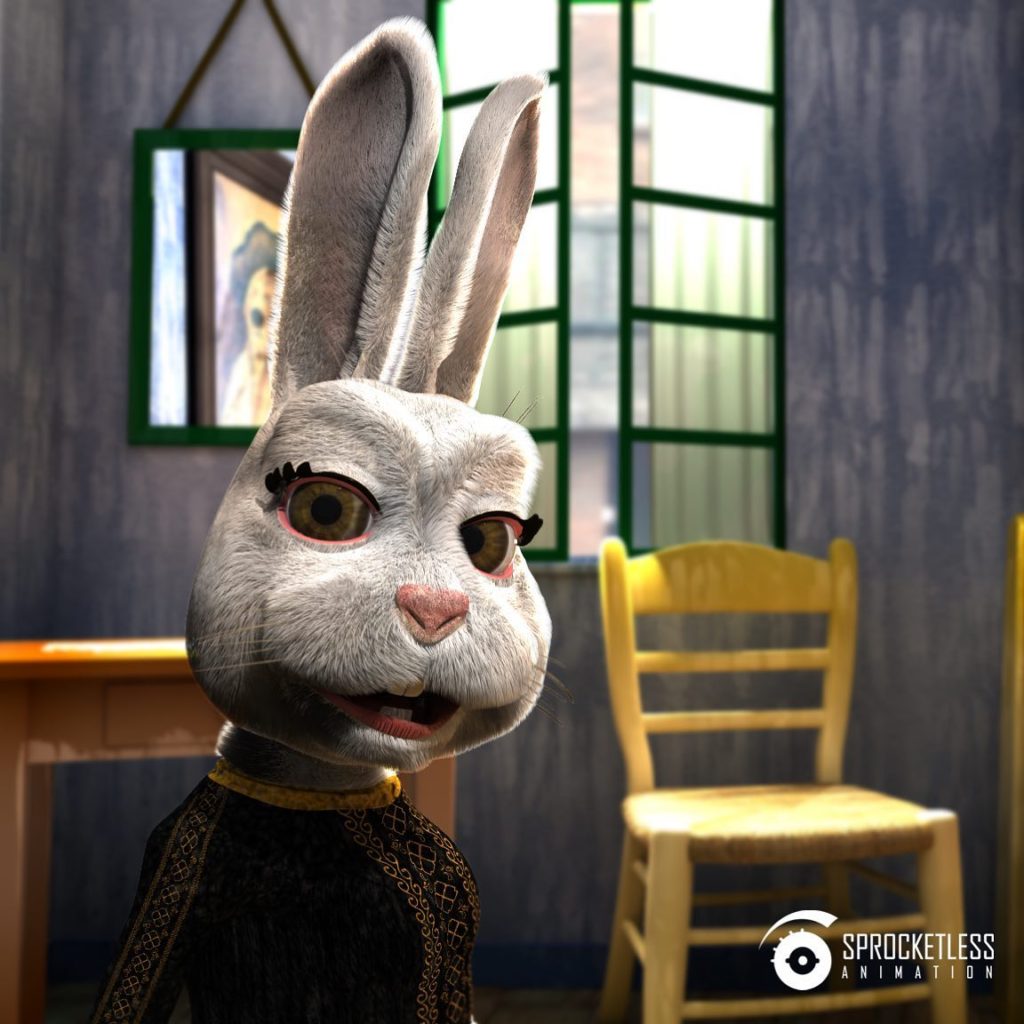
More animation fun this week! I got some accent coaching from a young lady in Ukraine for my sly sidekick character. Amazing how small the world is now! #sprocketlessanimation #featureanimation #raingruber #tayaukraine #3danimation
One really fun aspect of making my animated short film, Catching the L Train, has been all of the field research. While Google can instantly load up countless reference photos, there is something personally enriching about walking around in a real location and making direct observations.
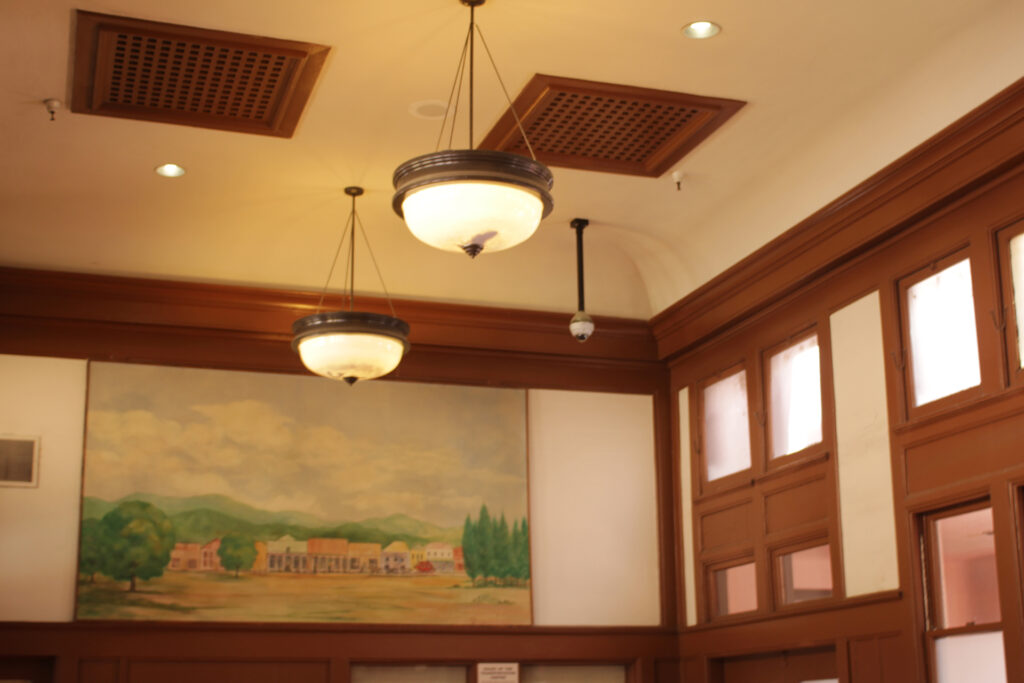
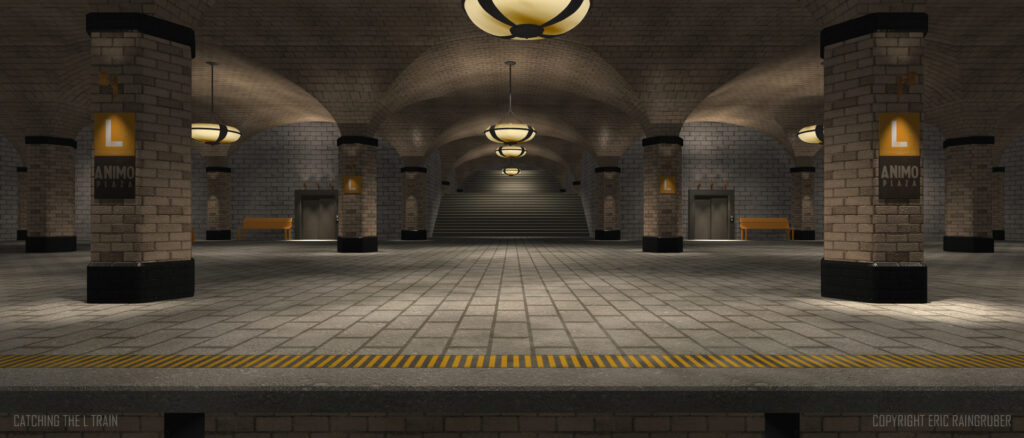
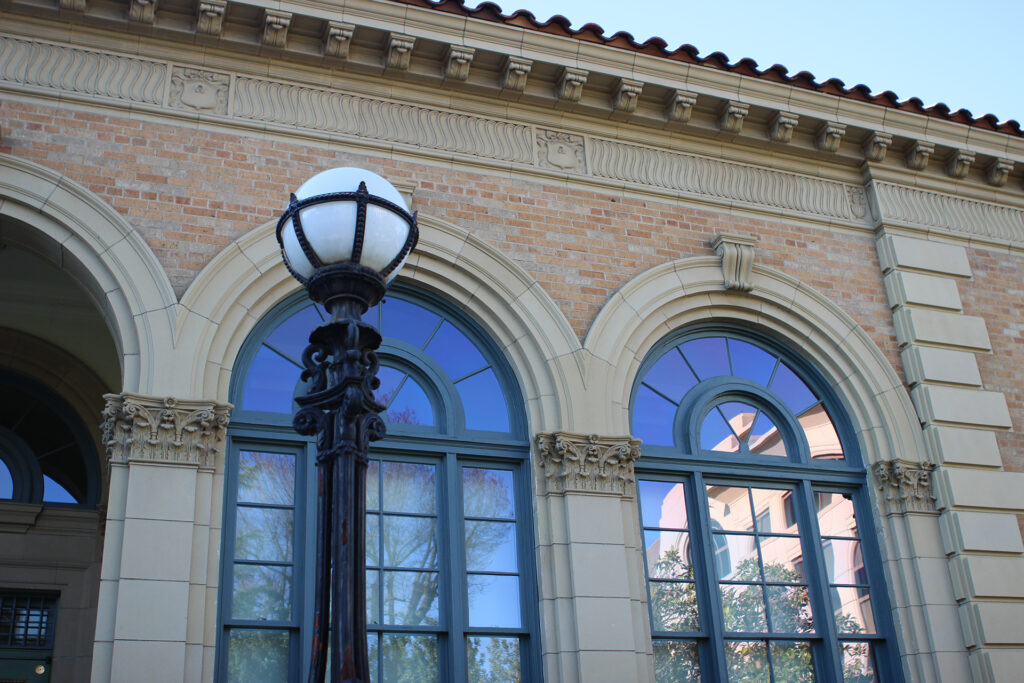
On a whim, I drove down to a building I hadn’t visited in nearly 20 years. (read more)
The music is done! Here’s the jump scene from Catching the L Train with the final music in place. I owe a big “thank you” to composer Daniel Beja who is extremely talented and fantastic to work with!
It has been a blast working with a composer Daniel Beja located in Paris! As our days and nights are switched, I wake up to find delightful progress on the score to Catching the L Train in my inbox.
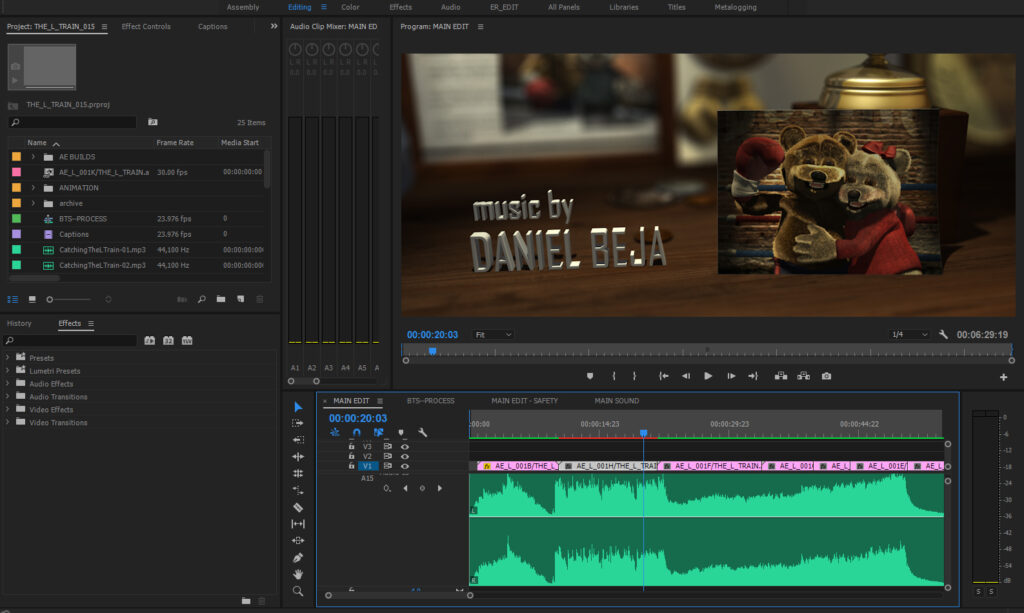
The score is nearing completion, which means the film should be ready to hit festivals in March!
Here’s a brief behind-the-scenes look at the animated short Catching the L Train along with a (nearly) finished scene at the end–enjoy!
Here’s a sneak peek at a scene from Catching the L Train!
A typical shot is rendered in separate layers, such as foreground elements, middle-ground character performances, and an out-of-focus background set. Over the past year, I tracked all of the 160 shots or shot-layers for Catching the L Train on a pipeline spreadsheet, where only final, locked shots were labeled in green.
With only two shots remaining to polish and lock, the board is almost entirely green!
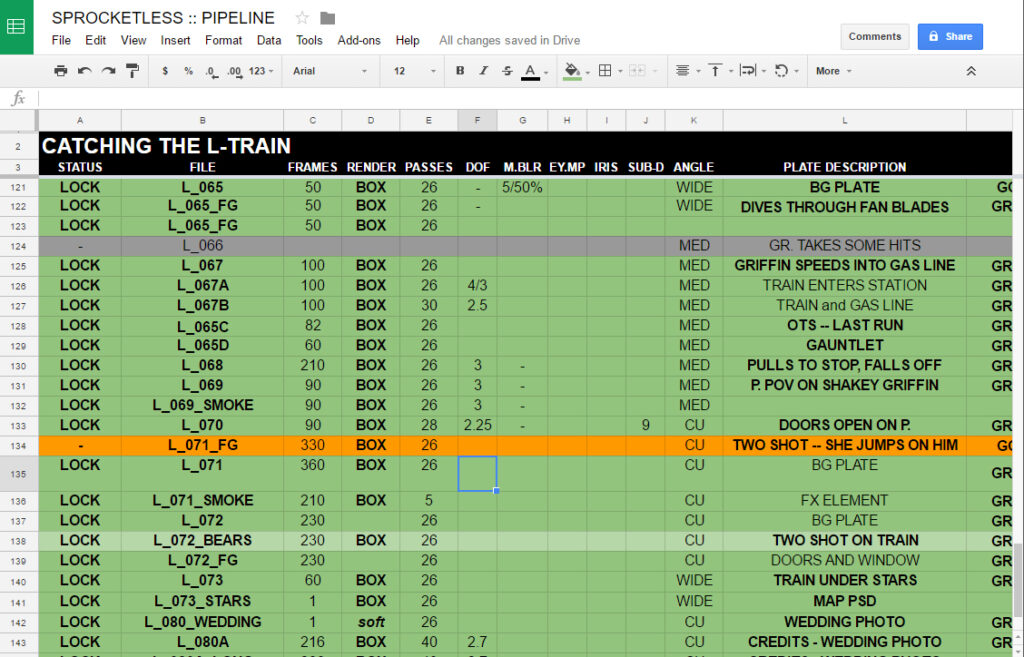
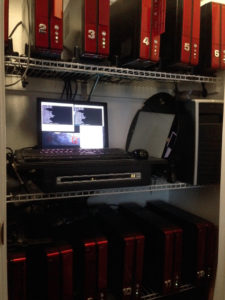
The 160 separate shot layers resulted in more than 24,000 finished frames. Each scene was rendered several times before the lighting, FX, and performances were locked. Rendering was handled by a render farm of 12 dedicated computers running 24/7 for months at a stretch to make this 6.5-minute film possible.